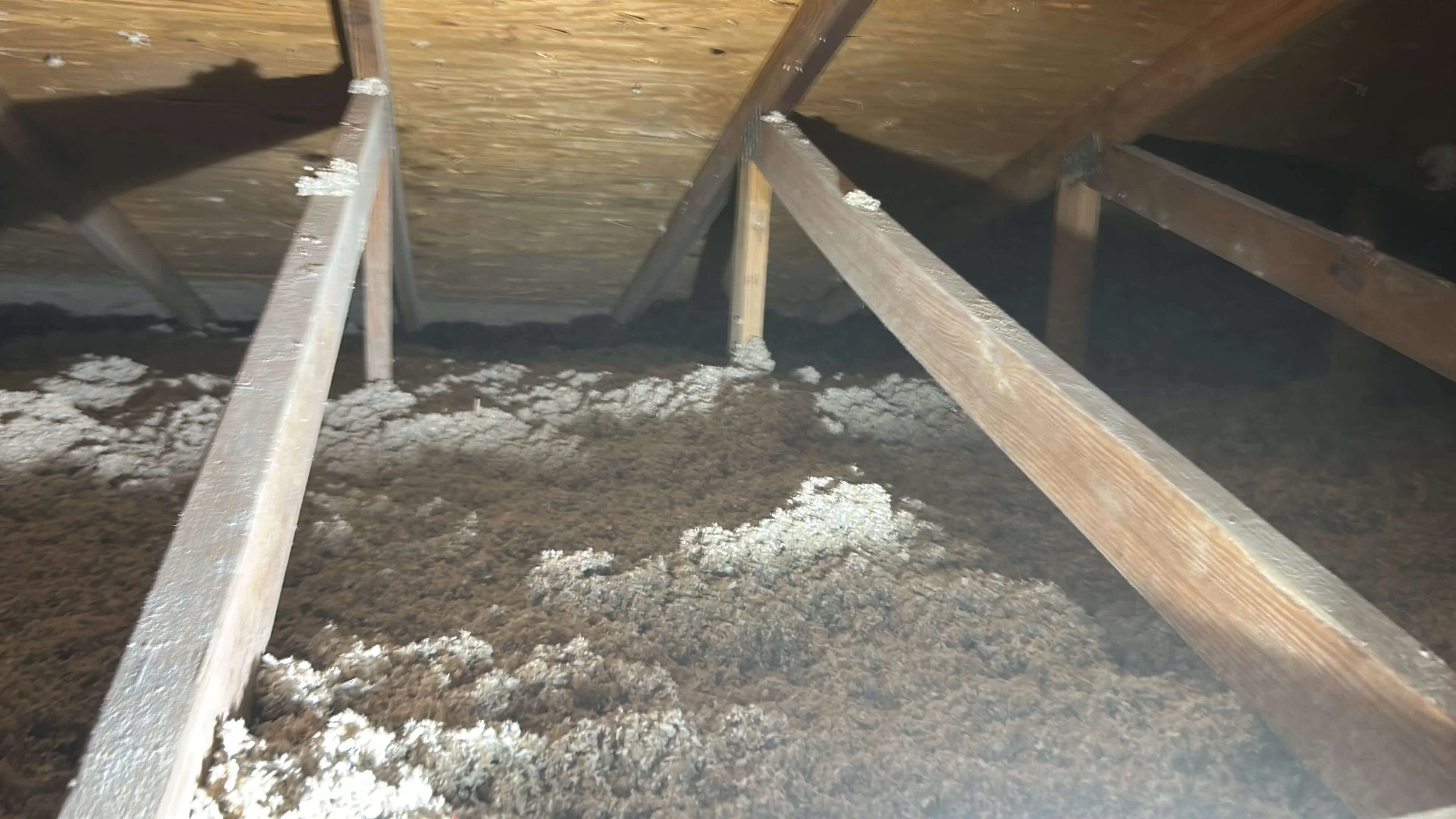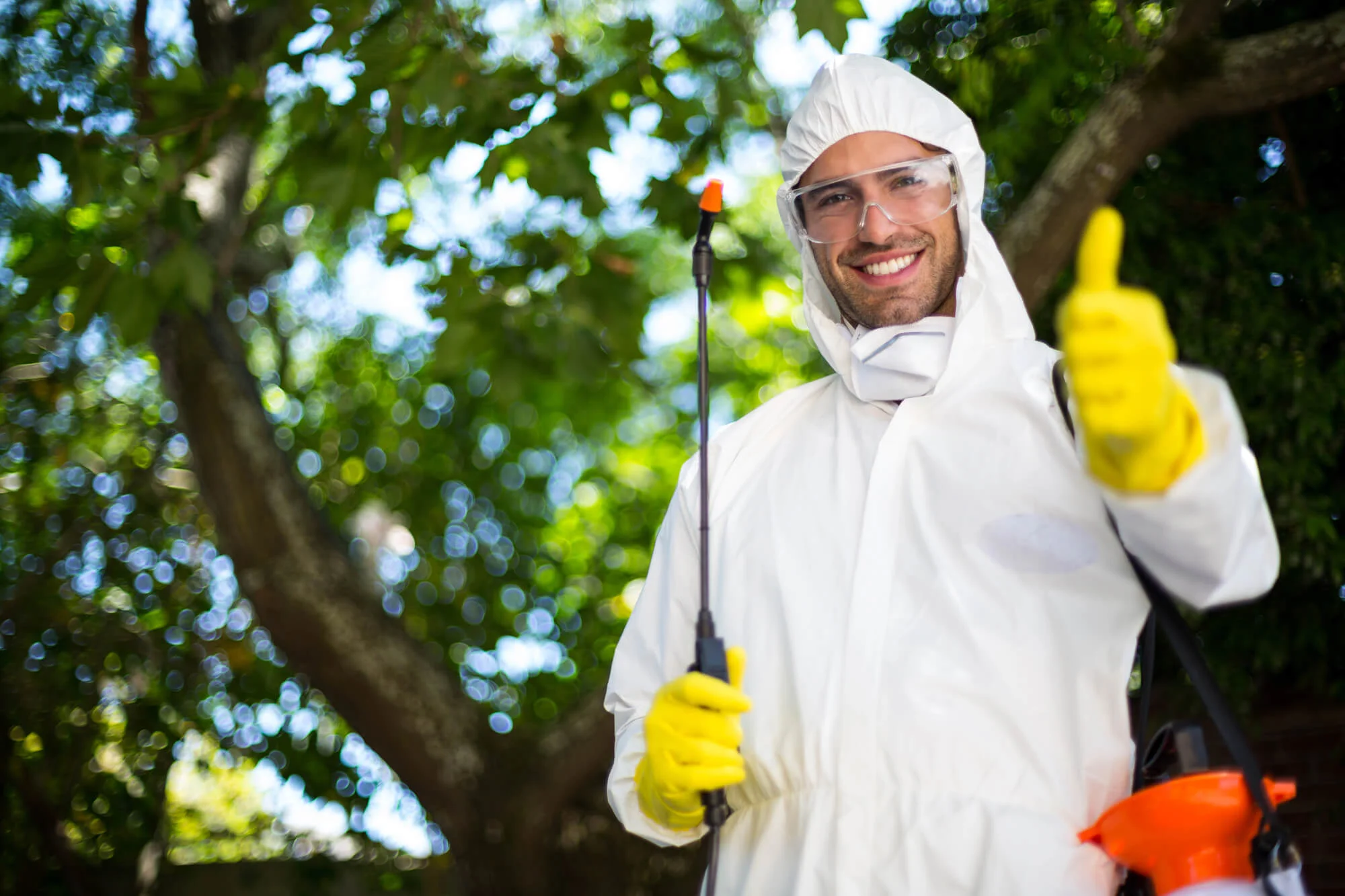Termites are a constant concern for Florida homeowners. The warm, humid climate creates the perfect environment for these destructive pests to thrive year-round. Early detection makes the difference between a small repair and thousands of dollars in damage.
If you’re considering termite treatment in West Palm Beach, it helps to first understand what signs to watch for inside and outside your home.

Why Early Detection Is Critical in Coastal Florida
The Cost of Termite Damage
Termite infestations are among the most expensive pest issues homeowners face. Nationwide, the cost of repairing termite damage climbs into the billions each year, with many families blindsided by bills ranging from a few thousand to well over $10,000. Unlike storm or fire damage, termite destruction is almost never covered by homeowners’ insurance, leaving residents to pay out of pocket.
For households in South Florida, the risks are even higher. Termites thrive in environments that offer warmth, moisture, and abundant food—exactly the conditions found in wooden frames, flooring, and furniture. The damage is often slow but relentless, starting deep inside beams or crawl spaces where it can remain invisible for months.
By the time hollow-sounding wood or visible mud tubes appear, significant structural weakening may already have occurred. This is why catching infestations early can mean the difference between a minor treatment cost and major home repairs.
How West Palm Beach Homes Become Vulnerable
- Year-Round Warmth and Humidity: The consistently humid climate keeps wood damp, creating ideal conditions for termite colonies to remain active throughout the year.
- Heavy Rain and Tropical Weather: Frequent storms saturate the soil, making it easier for termites to tunnel toward homes and establish new feeding sites.
- Sandy Soil Conditions: Sandy ground allows termites to build underground networks quickly. These tunnels often lead directly to foundations, patios, or porches.
- Structural Entry Points: Termites exploit small cracks in concrete slabs, gaps around plumbing, and other openings to reach interior wood.
- Waterfront Exposure: Homes near canals, lagoons, or the coastline face elevated moisture levels year-round, which boosts termite survival and activity.
- Outdoor Wooden Structures: Decks, docks, and other wooden additions provide additional food sources and increase vulnerability.
- Newer Homes Are Not Immune: Untreated lumber and pier-and-beam construction styles can still allow termites to gain access, even in recently built properties.
Common Early Signs of Termite Activity
1. Discarded Wings Near Entry Points
One of the clearest signals is a pile of small, translucent wings near windows, doors, or light fixtures. These come from reproductive termites, called swarmers, that shed their wings after finding a new nesting site. Swarming typically peaks between March and August in South Florida.
2. Mud Tubes Along Foundations
Subterranean termites build thin, pencil-sized tunnels made of soil and saliva. These tubes protect them from light and predators while retaining moisture. You might spot them climbing foundation walls, exterior siding, or even inside garages. Breaking them open may reveal live termites moving inside.
3. Hollow-Sounding Wood
If wooden beams, baseboards, or flooring sound hollow when tapped, termites may be tunneling inside. Unlike carpenter ants, which remove debris from tunnels, termites keep their galleries filled, so the damage often goes unnoticed until late in the infestation.
4. Bubbling or Uneven Paint
Moisture created by termite activity can cause paint to bubble, peel, or appear uneven. Many homeowners mistake this for simple water damage. Checking the area closely can help determine whether termites are the real culprit.
5. Frass, or Termite Droppings
Drywood termites push out small pellets of feces, often mistaken for sawdust. If you notice these piles near windowsills, baseboards, or wooden furniture, it could be an early warning of activity inside.
When to Call for a Professional Inspection
The Limits of DIY Detection
While homeowners can spot signs like mud tubes or discarded wings, termites often remain hidden deep within walls, floors, and foundations. A professional inspection uses specialized tools and training to detect what’s invisible to the eye.
How Often to Schedule Inspections
Annual termite inspections are recommended for all South Florida homes, with semi-annual checks ideal for properties in high-risk areas such as waterfront neighborhoods. Regular monitoring ensures that colonies are caught before they expand.
What a Professional Inspection Includes
Inspectors examine the interior and exterior of the home, paying special attention to crawl spaces, attics, basements, and foundations. They measure moisture levels, probe wood for damage, and test suspicious debris for termite activity.
Prevention Tips for West Palm Beach Homeowners
1. Reduce Moisture Around the Home
Ensure gutters and downspouts are clear, and fix leaky pipes promptly. Poor drainage leads to damp soil, which attracts subterranean termites. Crawl spaces should have proper ventilation to prevent moisture buildup.
2. Store Firewood Away From the House
Stack firewood, lumber, or mulch at least 20 feet from the foundation. Storing it against the home invites termites and provides easy access points.
3. Seal Cracks and Entry Points
Small cracks in foundations, walls, or around plumbing lines act as entryways for termites. Sealing these gaps reduces the number of access routes into your home.
4. Keep Landscaping in Check
Trim shrubs and trees so that branches do not touch the house. Overhanging vegetation traps moisture and gives termites direct pathways to roofs and siding.
Why Termites Are a Unique Threat in Coastal Florida
The Impact of Year-Round Warmth
Unlike states with cold winters, Florida never experiences a freeze that disrupts termite activity. Colonies remain active all year, meaning homeowners must stay vigilant at all times.
Soil and Structural Risks
Sandy soils near West Palm Beach can allow termites to tunnel more quickly, spreading colonies faster than in denser ground. Homes built with wooden framing or pier-and-beam foundations face greater exposure.
The Role of Local Climate Events
Heavy rains, tropical storms, and hurricanes can all increase termite activity by raising moisture levels. After severe weather, homes should be re-checked for new signs of infestation.

Protect Your Home With Termite Treatment in West Palm Beach!
Early detection is the most effective defense against termites. Watching for discarded wings, mud tubes, hollow wood, and other subtle signs can save you from costly repairs. Professional inspections and preventative maintenance add another layer of protection, ensuring that your home remains strong and secure.
If you suspect termites or want peace of mind through expert inspection, Family Shield Pest Control Services is ready to help. Our team provides trusted termite treatment, combining proven methods with family-safe solutions. Contact us today to schedule your inspection.


